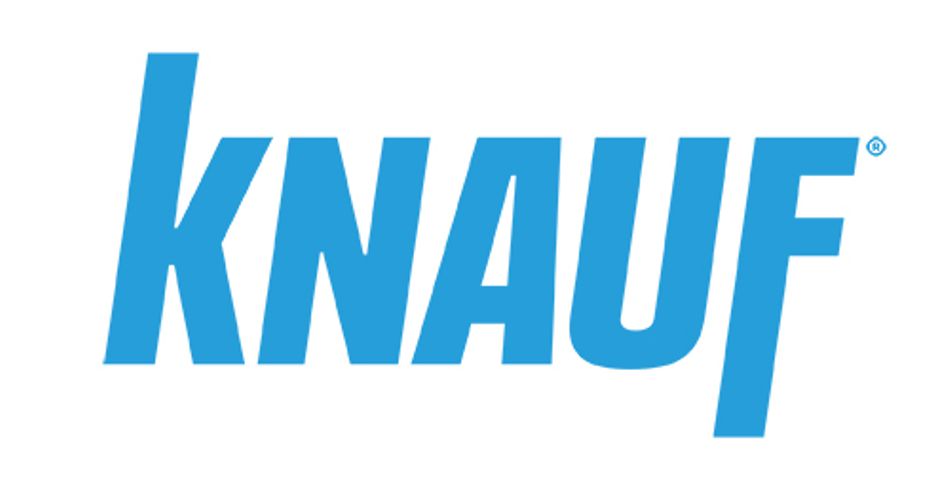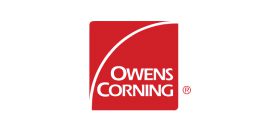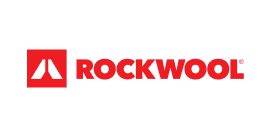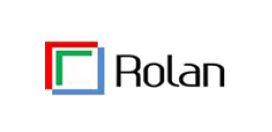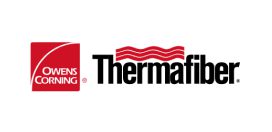Insulation and Decarbonization
Insulation is among the best ways to achieve building decarbonization goals. Building decarbonization means reducing emissions in two ways: 1) reducing operational carbon by using less energy to heat, cool, light, and otherwise power buildings, and 2) reducing embodied carbon by using low-carbon building materials.
A well-sealed and insulated building envelope reduces energy use for the life of the building and is the first and most important step for low-carbon construction.
Learn more about using fiberglass and mineral wool insulation products for whole-building decarbonization in our guide, Building Decarbonization Using Fiberglass and Mineral Wool.
Carbon Payback & Analysis Studies
ICF conducted an energy and carbon modeling study analyzing the potential use-phase emissions reductions realized by installing insulation in residential and commercial new construction. The study focused on one residential prototype: a single-family detached home, and six commercial prototypes: midrise apartment building, medium office, retail strip mall, primary school, secondary school, and warehouse.
The study found that the carbon payback for insulation is measured in weeks, not years. Additionally, ICF found that more insulation leads to more emissions reductions over the lifetime of the building.
The decarbonization field is not subject to government oversight which can lead to incorrect assumptions regarding a building’s actual embodied carbon. NAIMA published a guide to help those who are interested in lowering the embodied carbon footprint of a building make educated decisions regarding insulation.
Product Category Rules (PCR)
Product Category Rules (PCRs) define uniform standards for developing environmental product declarations that allow for the accurate environmental comparison of products in the same category. Insulation products currently have the following product category rules: building envelope thermal insulation, insulated metal panels, and mechanical, specialty, thermal, and acoustical insulation products.
Environmental Product Declarations
Environmental Product Declarations (EPDs) are standardized documents that provide information on a product’s environmental impacts and carbon footprint over its life cycle. They are based on a consistent set of guidelines, allowing a comparison of the environmental impacts of different materials.
EPDs provide a transparent way for manufacturers to communicate the environmental performance of their products.
Fiberglass Insulation EPDs
EPD for Loose Fill Fiberglass Insulation
EDP for Unfaced Fiberglass Batts
EPD for Faced Fiberglass Batts
Mineral Wool Insulation EPDs
EPD for Loose Fill Mineral Wool






